ReservationSearch and reserve rooms
Click here to confirm, change or cancel your reservation
提携法人専用予約
2025.05.19
Nakamura Dolls: A tradition that continues to evolve with the times
NEIGHBORS
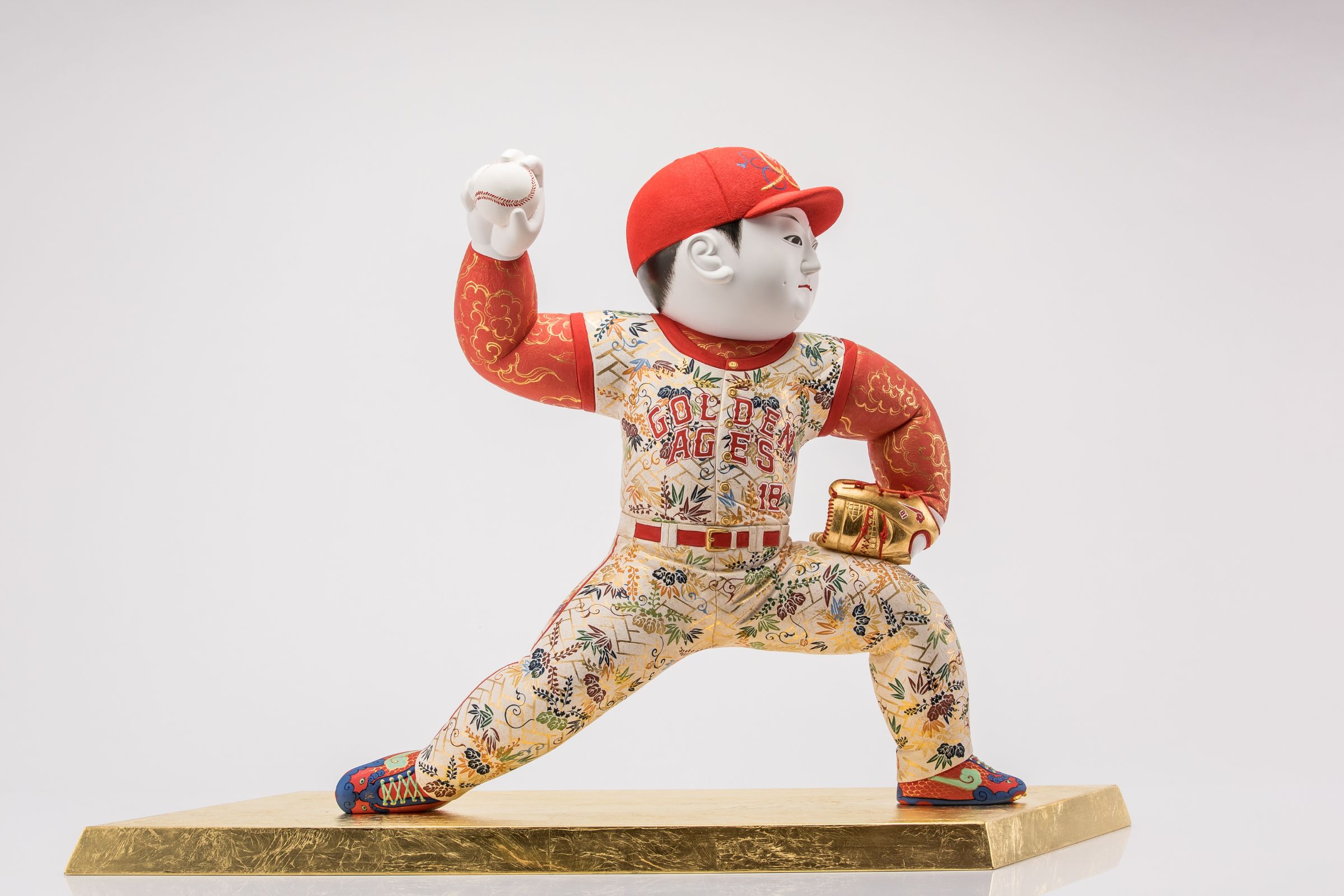
Hakata dolls from Fukuoka have been loved for hundreds of years as one of Japan's traditional crafts. Their distinctive beauty of form and rich colors continue to fascinate viewers even today. Among these Hakata dolls, Nakamura Dolls, a long-established doll shop, is especially highly regarded for its quality. Nakamura Dolls has been in business for over 100 years, and has passed down its traditions while preserving its techniques for four generations. Unravelling the history of Nakamura Dolls reveals the good old culture of Hakata, where dolls have been a cherished part of daily life.
The origin of Hakata dolls and the founding of Nakamura dolls

The first Nakamura Chikuami
The roots of Hakata dolls date back to the Edo period. At the time, Hakata dolls were used not only as decorations but also during festivals and prayers. They became familiar to the common people as handicrafts, and their value gradually increased. Many craftsmen worked hard at making dolls, and it became a major industry that supported the town.
"In the long historical background of Hakata dolls, the culture of putting prayers into dolls has taken root. Our role is to give form to these invisible prayers," says doll maker Nakamura Hiromine. Hiromine is the fourth generation Nakamura doll maker. He is currently active at the forefront of doll making as one of Japan's leading doll makers.
Nakamura Ningyo was founded in the Taisho era. It all began when the founder, Nakamura Chikuami, who was born into a family of rice traders, chose to become a doll maker, taking advantage of his dexterity. Since then, he has created high-quality dolls with attention to detail while establishing the techniques for making Hakata dolls.
Hakata dolls as part of everyday life
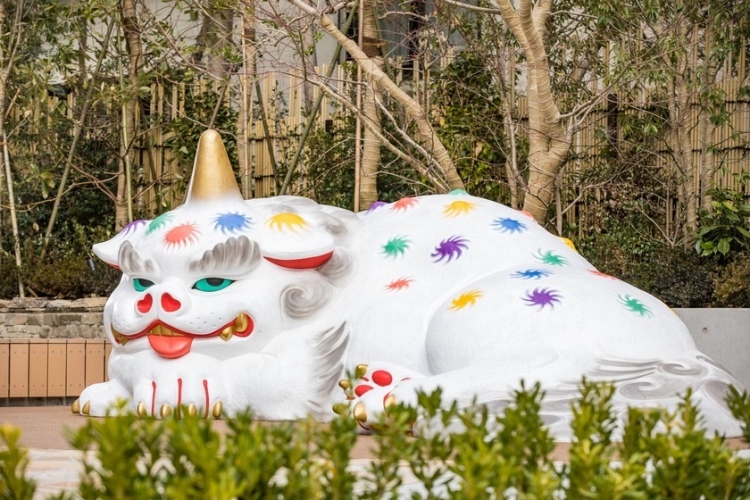
Nakamura Doll's "Daimyo's Great Guardian Dog" installed in Fukuoka Daimyo Garden City
Hakata dolls have long been highly acclaimed, and even today they are used throughout the year. The zodiac figurines sold at Dazaifu Tenmangu Shrine in Dazaifu City during the New Year are one such example. These zodiac figurines are made and donated by Nakamura Ningyo every year. They then go on to be used as Hina dolls and May dolls, before moving on to the stage of the "Hakata Gion Yamakasa" festival around Golden Week.
"In addition to our annual schedule, Nakamura Dolls also makes dolls for contemporary art and overseas exhibitions, as well as on request from companies. We also receive a constant stream of orders from individuals, so some pieces have a waiting list of several years," Hiromine told us.
Nakamura Dolls are also venturing into a wider range of designs and themes while still preserving the traditions of Hakata dolls. Hakata dolls that fit the new lifestyles of today have become popular, and demand for them as souvenirs has also grown, especially in Fukuoka, which is a popular tourist destination. In addition, efforts to expand overseas have led to Hakata dolls being recognized at international exhibitions, and they have also played a role in spreading Japanese culture overseas.
In spring 2023, a gallery called Kaigeido will open to exhibit and sell Nakamura Ningyo works, allowing people to get closer to the Hakata dolls made by Nakamura Ningyo.
Thoughts from fourth-generation doll maker Hiromine Nakamura

(Left) Fourth generation Nakamura Hiromine (Right) Third generation Nakamura Shinkyo (Right)
Hiromine Nakamura, the fourth-generation Nakamura Ningyo maker, grew up surrounded by Hakata dolls from an early age and has inherited their techniques as part of his daily life. However, while he continues to preserve tradition, he also continues to challenge himself as a doll maker to adapt to the new era. The appeal of Hiromine, the fourth-generation doll maker who has been in the business for 30 years, is his attitude of constantly honing his skills and incorporating modern sensibilities while still cherishing the culture of Hakata dolls.
"Hakata dolls have changed with the times. I'm working on creating new, unconventional dolls by expressing the same 'prayers' and 'feelings' that have remained unchanged since ancient times in a modern way," Hiromine told us. The Hakata dolls that Hiromine creates combine traditional techniques with innovative motifs, and their originality has captivated many people.
Starting on the path of doll making from an early age
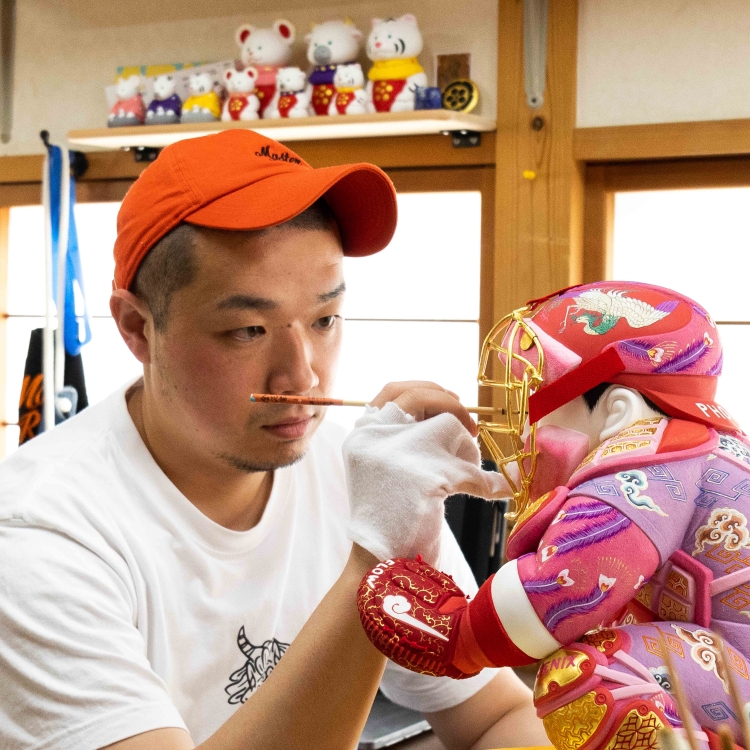
A Hakata doll with a catcher motif, depicted in vivid colors
The first doll Hiromine-san ever got was, of course, a Hakata doll. When he woke up in the morning, when he ate, and when he came home from school, he grew up watching doll makers making dolls as if it was the most natural thing in the world. "I was good at art and crafts because I was in an environment where I could make things from an early age, and I loved surprising and delighting people with the things I made," says Hiromine-san. Living surrounded by dolls, he began to pursue the family business of becoming a doll maker without even realizing it.
After that, Hiromine-san did not just preserve tradition, but also incorporated expressions that suited the new era as a puppeteer. Although his high level of technique was highly praised, he was not satisfied and chose Tokyo University of the Arts as a new place of study. There, Hiromine-san encountered contemporary art, which would have a major impact on his subsequent creations.
A unique style that combines tradition and modernity
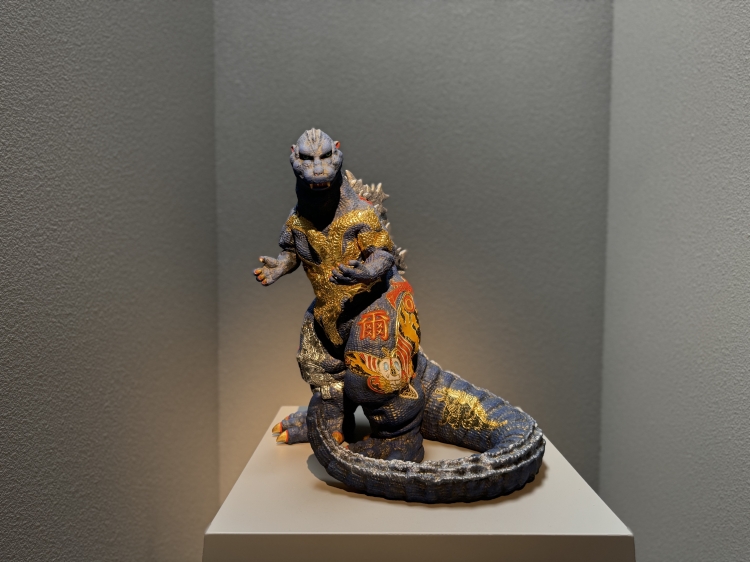
Dolls based on monsters from the film
Now that Hiromine has fully assumed his fourth-generation role, he will continue to create completely new works by incorporating the latest art technology while still preserving the delicate production techniques unique to Hakata dolls. "I think that even among Japanese doll-making, Hakata dolls offer a particularly high degree of freedom. Of course, it is not easy to master traditional techniques, but the way dolls are made continues to change with the times," says Hiromine.
"Of course, making Hakata dolls is one of my jobs, but as a doll maker I want to continue taking on new challenges, such as carving wood and using metal as materials. In the beginning, I didn't have much to work with, despite the expectations of those around me. But as I continued making dolls as a hobby, I was able to establish my own style."
The Hakata dolls that Hiromine creates, such as the sports series and occupation series, often feature themes that depict modern life, and are characterized by their innovative yet familiar nature.
A challenge to the world and a message to the next generation
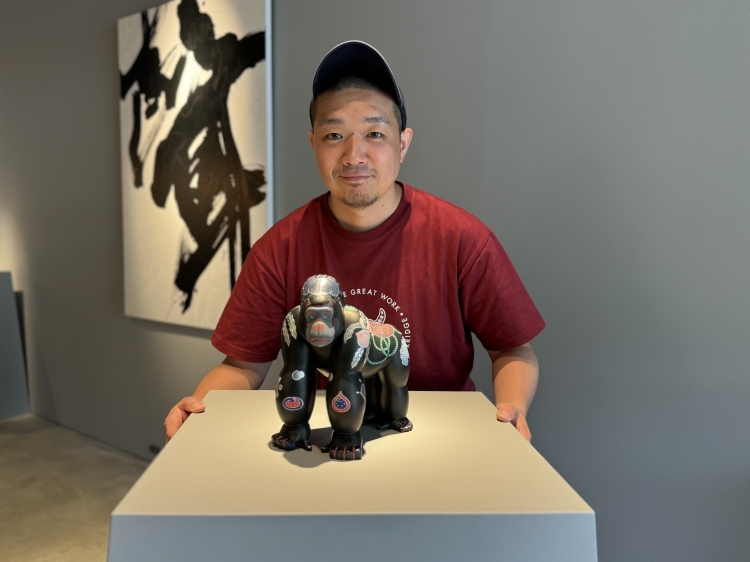
Hiromine-san is a puppeteer active around the world, yet he is also humorous and friendly.
Hiromine's work has been highly praised both in Japan and overseas, and in recent years has been shown at numerous overseas exhibitions in places like Venice, Taiwan, and Miami. "While I'm happy to receive recognition, I don't have any desire to make a lot of money. My most important goal is to pass on my techniques to the next generation. I don't know yet how my sons will be influenced, but I hope that they will continue to make dolls that are in keeping with the times while retaining their highly traditional techniques," Hiromine said with a smile.
"I would like to eventually have the dolls I make go into space. With the belief that I can give shape to people's 'prayers' and 'feelings,' I would like to continue making dolls as long as my hands are still moving."
Hiromine's doll-making techniques will be passed down uninterrupted, and the dolls will continue to play a part in marking milestones and special events in our lives.
Nakamura Doll Gallery (Kaigeido)
電話:092-791-5316
Address: 1-10-46 Sakurazaka, Chuo-ku, Fukuoka City, Fukuoka Prefecture
Access: 10 minutes walk from Sakurazaka Station on the Nanakuma Line
HP: https://www.nakamura-ningyo.com/
For details on opening hours and closing days, please check the link above.



